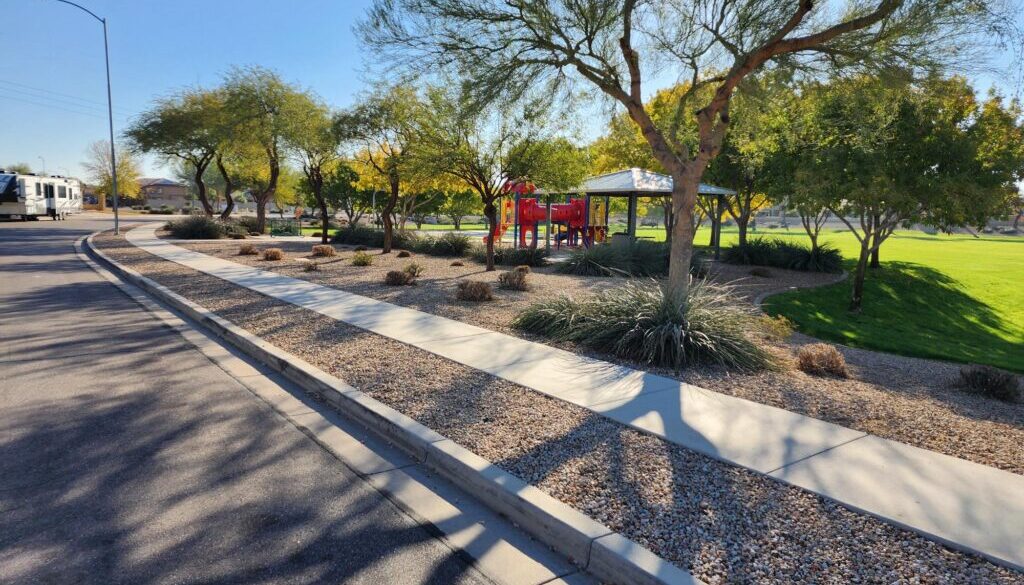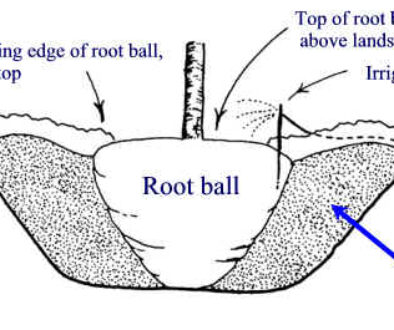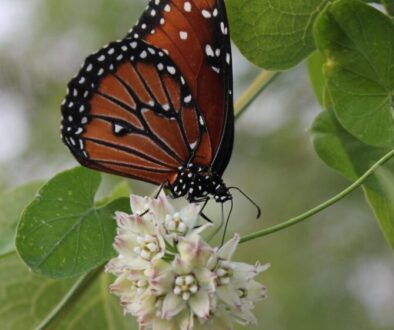Irrigation Lines Break More Often When Seasons Change, But Why?
A common issue in Arizona landscapes, and landscapes around the world, is for irrigation leaks to sprout from seemingly nowhere. Not many people notice the strong correlation between the frequency of spontaneous irrigation leakage and the weather.
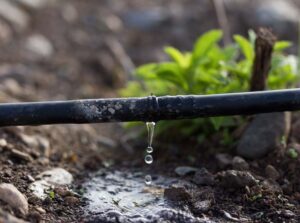
Most small-scale residential and streetscape landscape irrigation lines are either made of poly-tubing or PVC pipe. Poly-tubing is much weaker than PVC pipe, especially when under the Arizona sun for years. This is where you’ll most often find your leaks.
Poly-tubing is composed of polyethylene, a malleable plastic that works great for flexible irrigation installation. For places other than the Southwest, this may be perfect. Unfortunately, the high average UV index in Arizona speeds up the weakening and decomposition of polyethylene. Even though most poly-tubing is installed a few inches underground, the heat and some of the UV radiation still makes it through to the pipes. After experiencing the heat and UV radiation for years on end can lead to such significant weakening that a weaker spot can rupture after a temperature shift.
The change from extreme heat to near freezing temperatures and vice versa each year often happens in major increments upon the arrival of progressive cold or warm fronts. As temperatures decrease, plastics, gasses, and water contract and shrink in size. Then, when temperatures warm in the spring into the summer, they grow. The size and pressure differences are subtle, but when the irrigation line is stuck underground and can only expand into a medium of dirt, this motion can become grating to the polyethylene material over time. Eventually, cracks will appear.
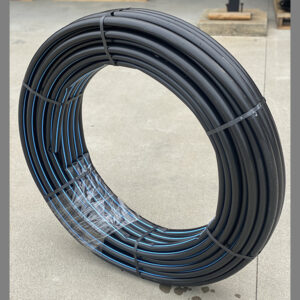
So why do so many communities and municipalities in the desert use poly tubing? It’s easy to install due to being flexible and portable, and it’s cheap. With the rapid development of communities around the Phoenix area in the past 30 years, it makes sense that the quickest and easiest materials would be used to support faster turnover rate. In the long run, poly-tubing is no longer the cheapest option, because it starts requiring more and more maintenance due to leaking and decomposition.
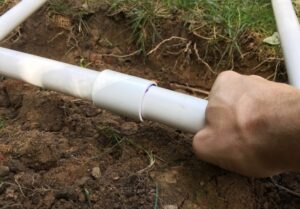
To solve this, ELS has been replacing poly-tubing infrastructures with stronger, long-lasting PVC pipe in contracted irrigation system “revamps.” Though PVC is more difficult to install and thus more costly at first, the lack of the need for maintenance ends up creating net savings for communities.
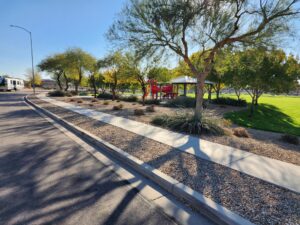
If your community is in need of an irrigation revamp to replace poly-tubing with PVC infrastructure, reach out to us at contactus@evergreenaz.com.

